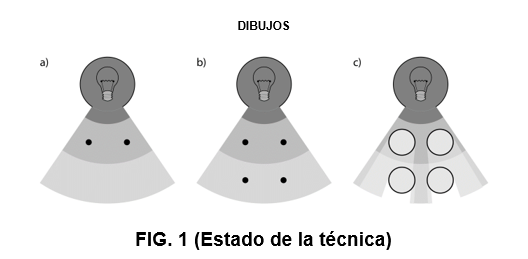- Universitat de València
- Marti Gastaldo, Carlos
- PDI-Titular d'Universitat
- Tatay Aguilar, Sergio
- PDI-Titular d'Universitat
- Escorcia Ariza, Garin
- PI-Invest Doct Uv Senior
- Natalia Muñoz Padial
A chemical photoreactor is a device that uses light as an energy source to produce a certain chemical reaction. The reaction rate, among other factors, is dependent on the amount of light received and its wavelength. The reactor designs described until now cannot guarantee that the light received by each of the samples is the same. It is therefore common for the sample to be irradiated with a range of wavelengths limited to those necessary to drive the transformation under test. Sources that emit light in a narrow range of wavelengths minimise unwanted heating and side reactions. If the reaction under study involves air-sensitive reagents or products, it is important to maintain an inert atmosphere inside the reactor. This aspect is especially important when the reaction is done in a heterogeneous medium (e.g. liquid-solid) in which the reacting phases will tend to separate, it is important to ensure a good homogenisation of the reaction medium to avoid overexposure of one part of the sample with respect to another. Some photoreactors are known in the state of the art in which the sample matrix is rotated around its centroid, although they are not high-performance photoreactors (possibility to perform several chemical reactions in parallel). Therefore, such high-performance reactors are necessary.
Researchers of Universitat de València have developed a device for carrying out high-performance chemical reactions that allows several chemical reactions to be carried out in parallel. It allows the attachment of a commercial light source through the inclusion of at least a second holder for another light source in which the samples do not remain static with respect to the light source, but all of them describe the same periodic and circular trajectory with respect to the light source. Thus, for sufficiently long irradiation times, the average distance (and thus the received intensity) for each of them will be the same. In addition, the proposed device incorporates individual shaking for each of the samples, from below, to avoid overexposure of the reaction mixture, even in the case of heterogeneous mixtures. The device comprises a rotating platform configured to pivot about a central axis thereof, wherein the rotating platform comprises a plurality of first receiving elements for receiving, each, a vessel; and a plurality of agitation mechanisms.
The invention may have relevance in R+D+i laboratory-scale applications where photochemical reactions are to be studied using HTS (high-throughput screening) methodology, such as those working in industries like pharmaceuticals, pollutant remediation or basic research in organic chemistry or photocatalysis.
This invention allows:
- Stirring: Samples are individually magnetically stirred to ensure homogeneity. ensure homogeneity.
- Scalable: The rotation of the samples ensures the homogeneity of the light.
- Multivolume: The design accepts variable sample volumes.
- Inert atmosphere: The design allows the use of inert gas reservoirs.
- Multiple wavelengths: The radial geometry of the reactor makes the use of multiple wavelengths immediate.
- Reproducibility of results: The design ensures that the average received light is constant for all samples.
- Patent granted
Blasco Ibáñez Campus
C/ Amadeu de Savoia, 4
46010 València (València)













